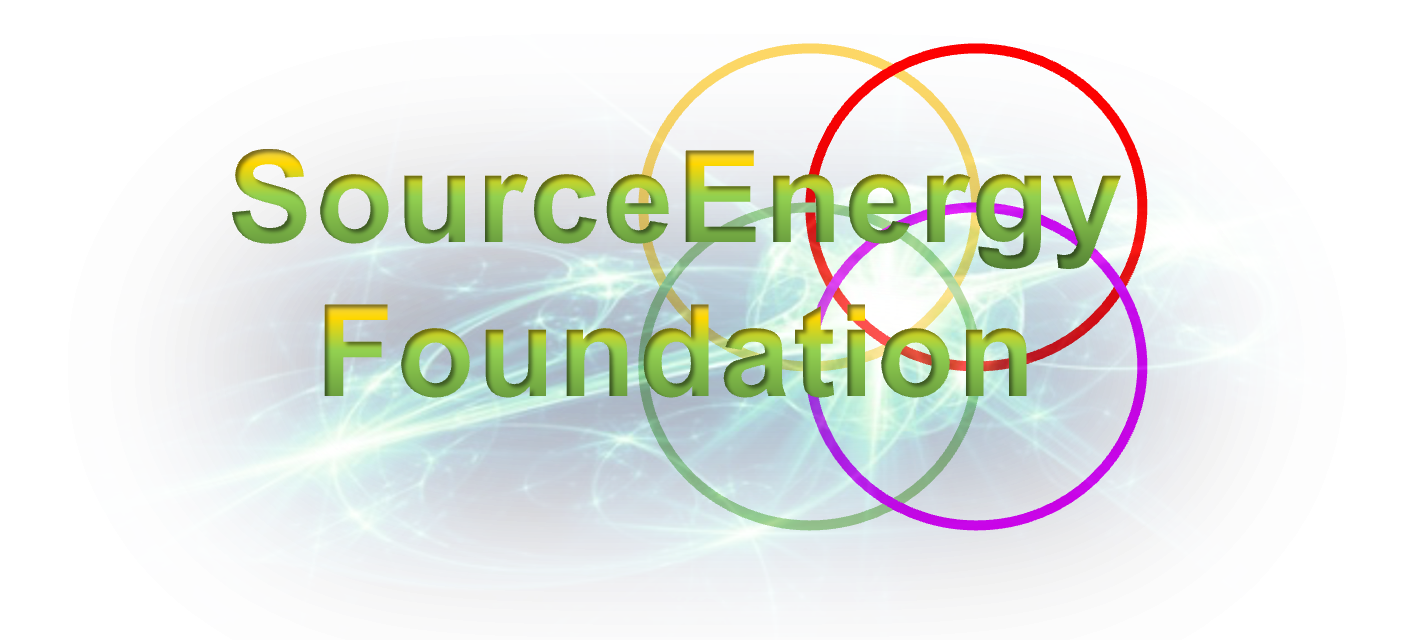Interconnection of Amino Acids, Fatty Molecules, and DNA within the Wealth Ecology Model Framework
The Wealth Ecology Model, conceptualized around the pillars of Energy, Technology, Community, and Education, provides a comprehensive framework to understand complex systems in an integrated fashion. Within the context of this model, biological entities like amino acids, fatty molecules, and DNA can be considered as essential building blocks that contribute to the “wealth” of biological life and, by extension, to the greater ecosystem of wealth as conceptualized by the model.
Relevance to Wealth Ecology Pillars
1. Energy
Amino acids, fatty molecules, and DNA are fundamental to life’s energy dynamics. Amino acids serve as the building blocks of proteins, which are catalysts for countless biochemical reactions, including those that produce energy. Fatty molecules, or lipids, are critical for energy storage. DNA holds the genetic blueprint for these biochemical pathways, ultimately dictating how energy is generated, used, and stored.
2. Technology
Biotechnology leverages the knowledge of these biological molecules to create new technologies that drive wealth. For example, the study of DNA leads to gene-editing techniques, impacting sectors from healthcare to agriculture. The understanding of amino acids and proteins can lead to enzyme engineering, while fatty molecules are critical in biofuel technology.
3. Community
In the context of public health and medicine, these molecules play a critical role. For example, advancements in DNA technology can help identify genetic markers for diseases, contributing to community health. Likewise, understanding the role of amino acids and fatty molecules in nutrition can lead to community-wide dietary improvements.
4. Education
Biological education that includes the study of these molecules is critical for producing a workforce that can engage with cutting-edge biotechnologies, thereby aligning with the Education pillar of the Wealth Ecology Model.
Interconnected Strategies for Integration into the Model
- Energy-Efficient Biotechnologies: Research into biofuels or enzymatic processes for industrial applications could represent a nexus of Energy and Technology within the Wealth Ecology Model.
- Community Health Programs: Leveraging biotechnological advancements for public health interventions, such as genetic screening programs or community-based nutrition initiatives, can be an intersection of Community, Technology, and Education.
- Educational Curriculum Development: Integrate advanced biology, including molecular biology, into educational curricula to prepare the future workforce, thereby enhancing the Education pillar.
- Cross-disciplinary Biotech Ventures: Encourage entrepreneurship in biotechnology sectors that focus on sustainable solutions for energy, healthcare, and community development. This would be particularly relevant to the Entrepreneurship Department at Hampton University.
Understanding amino acids, fatty molecules, and DNA through the lens of the Wealth Ecology Model allows us to appreciate their multi-dimensional impact on creating and sustaining wealth. This approach also encourages holistic educational and entrepreneurial initiatives that span the disciplines of biology, technology, community health, and energy sustainability.
Integrating the study and application of these essential biological molecules into the Wealth Ecology Model enhances its depth, promoting a comprehensive understanding of wealth that extends from the molecular to the societal level.
Sincerely,
Dr. Oliver E. Jones Chairman and Founder, SourceEnergy Group of Companies Professor, Hampton University
SourceEnergy Group R&D
